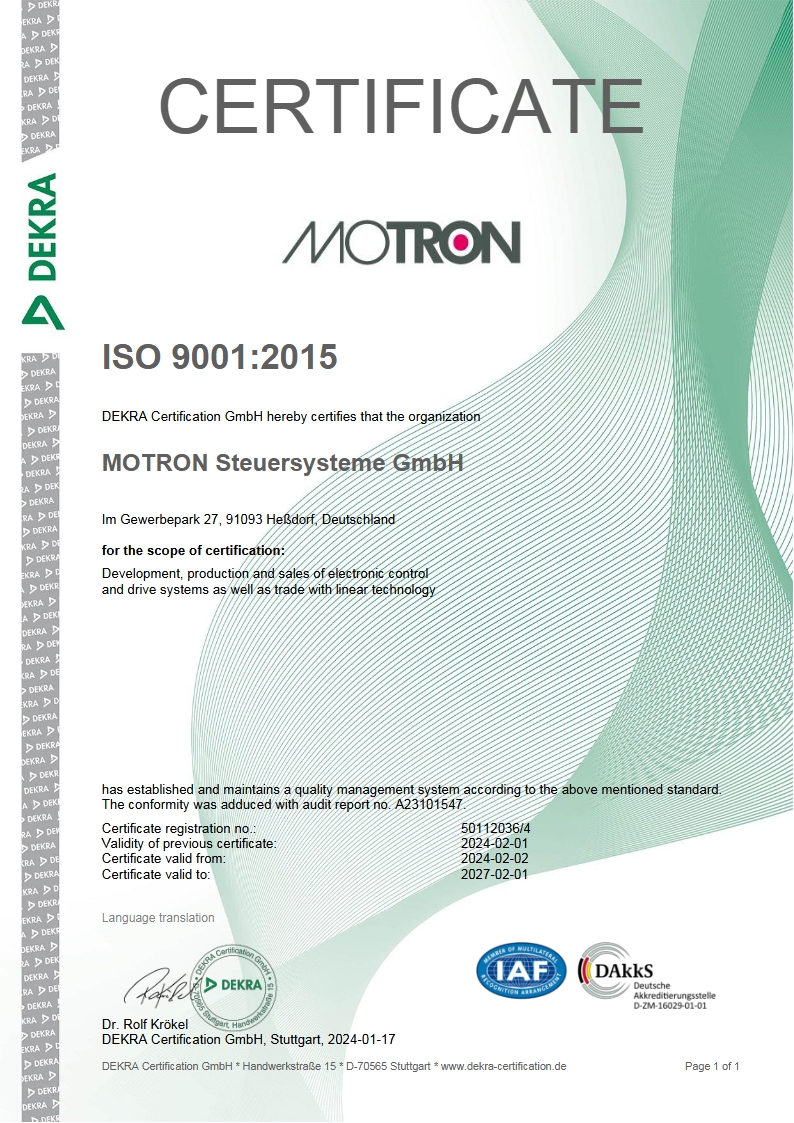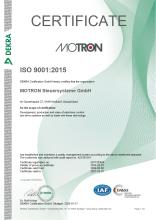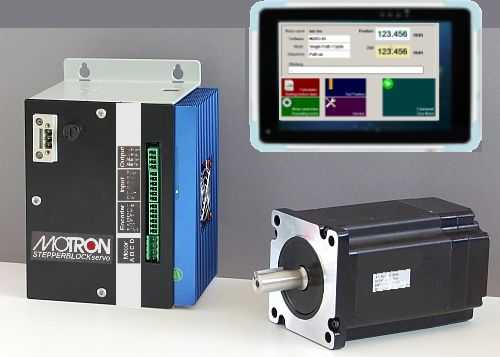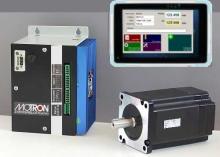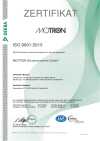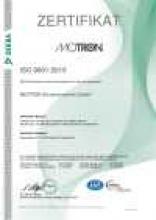Choose among the advantages of different motor types
| Type | Use | Remark |
| DC drive (DC motors) | Optimally for simple speed control | simple, economically |
| Servo drive (ACservo motors , BLDC) | Optimally for fast positioning | highly dynamic and complex |
| Stepping drives (Stepping motors) | Optimally for medium-speed positioning | strong, not quite as dynamic, economically |
| Closed loop stepping motor drives | Optimally for fast positioning | strong, more economical than servo |
| Linear motor | Special case: Optimally for highly dynamic linear positioning and high accuracy |
highly dynamic and complex, and not so cheap |
Selection guide for positioning drives
The main types of motors for positioning use are stepping and servo rotary motors. Both are permanent-magnet synchronous motors, ie they have the magnets on the rotor and the windings on the stator. Both are free of wear.
More and more now are increasingly used linear motors, also here as a step or servo motor. In the case of linear motors compared to rotating motor stator and rotor swapped. THe voltage supply is effected for the rotor. So you need a portable power chain in general.
Comparison servo motor vs. stepping motor
| Feature | Advantage for |
| Speed > 3000 rpm | Servo motor |
| Torque > 10 Nm | Servo motor |
| Motor size | both are comparable |
| Amplifier size | Stepper motor drive = ca. 1/2 servo motor drive |
| Price | Complete stepper motor axis = ca. 1/2 servo axis |
| Considering some special cases | |
| Synchronous motor running | Stepping motor |
| Torque during motor stand still | Stepping motor |
| Holding torque in position | Stepping motor |
| No damage in blocking | Stepping motor |
| Overcominmg of load surges | Servo motor |
| Smoothness of Rotation | Servo motor |
For a more in-depth introduction to positioning drives, you will find here the text from the previous day "Stepper Motor Drives" from the VDW seminar series "Drive Technology in Practice".

